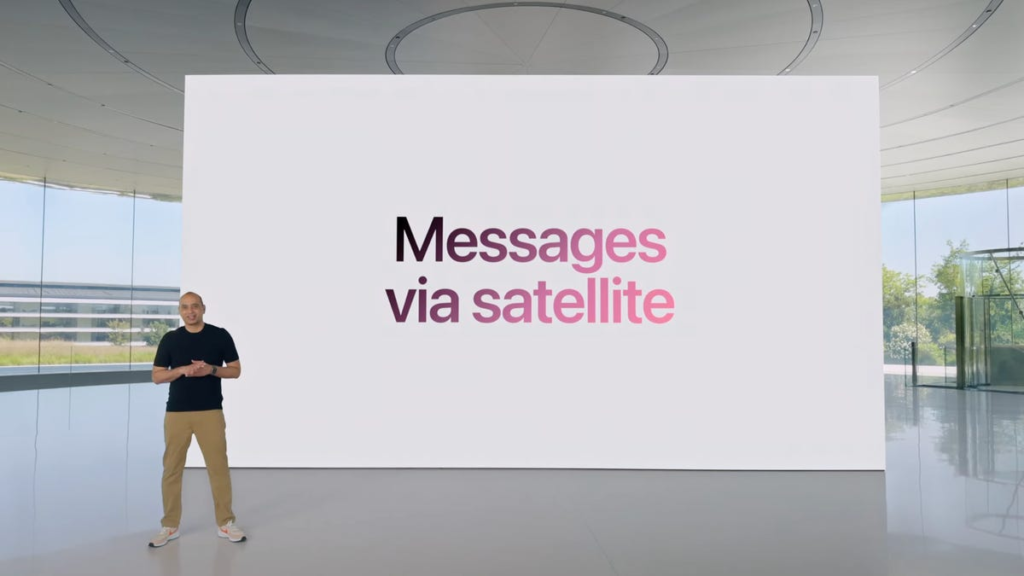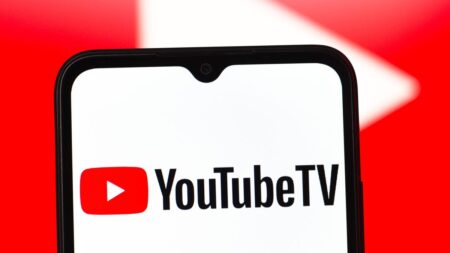Slowly but steadily, Apple has been tucking satellite-powered features into its iPhones. Get ready for that to blossom into a whole set of new capabilities.
According to a Bloomberg report, Apple is working to expand the capabilities of iPhones, as well as some Apple Watches, when operating over satellite links. That includes Maps features that work when you’re off the grid, ways for third-party apps to access satellite connectivity, more messaging features such as transmitting images in addition to texts, and, potentially, ways to use satellite connections without a direct line of sight to the sky.
Watch this: Messages via Satellite in iOS 18: First Look
Don’t miss any of our unbiased tech content and lab-based reviews. Add CNET as a preferred Google source.
Over the last few years, Apple has introduced features that utilize satellite technology, including emergency SOS, roadside assistance, and texting while offline.
A representative for Apple did not immediately respond to a request for comment.
Apple’s satellite ambitions could eventually compete more directly with services from major wireless carriers including AT&T and Verizon, according to Bloomberg. That could give Apple more control over security and design, making it less reliant on those telecom partners.
How will Apple pull this off?
To enable these ambitious plans, Apple will need to build out its infrastructure, or at least partner with companies that are undertaking similar buildouts.
The company has already made plans for a $1.5 billion investment in Globalstar to help fund a new satellite constellation and could enlist SpaceX’s Starlink to beef up its services over satellite.
In the short term, Apple is likely to roll out new consumer-friendly features as it expands its satellite capabilities.
“The next generation could let hikers, travelers, and remote workers download map data, share images, and even receive live weather updates without cellular coverage,” said Mahdi Eslamimehr, executive vice president at Quandary Peak Research.
For now, Apple hasn’t charged for the satellite features it has already rolled out, but that could change with the introduction of new capabilities.
“Basic satellite features are expected to remain free, while advanced capabilities, such as high-bandwidth image sharing or third-party integrations, may be available through paid subscriptions or bundled carrier plans,” Eslamimehr said.
If Apple can provide more wireless access through satellites, combined with cell towers as backups, that could prove valuable during natural disasters or network outages, he said.
What will carriers do?
Wireless carriers aren’t expected to simply wait for Apple to catch up to the services they provide. They’re working on their own satellite-enabled services, either by building their own or partnerships with satellite companies.
Apple could wind up being one of several players offering hybrid connectivity in the future.
“For users outside the Apple ecosystem, this competition should accelerate industrywide adoption of hybrid cellular-satellite services, improving reliability, expanding rural coverage and potentially lowering prices,” Eslamimehr.
Read the full article here
















